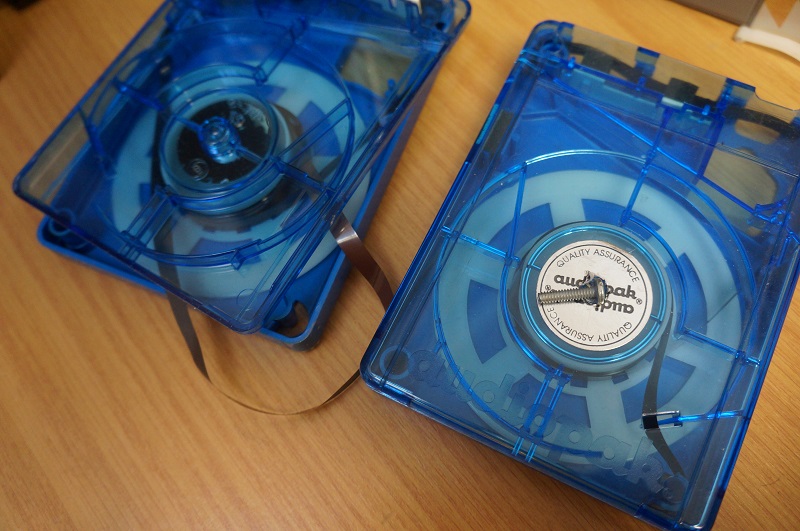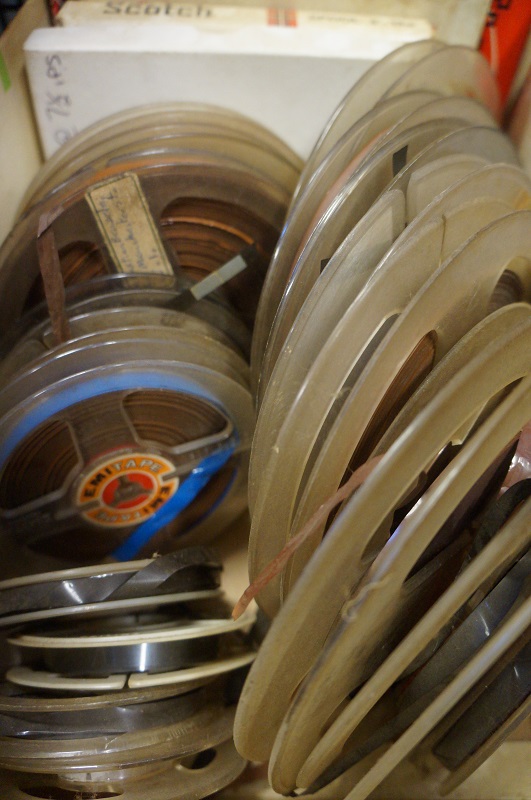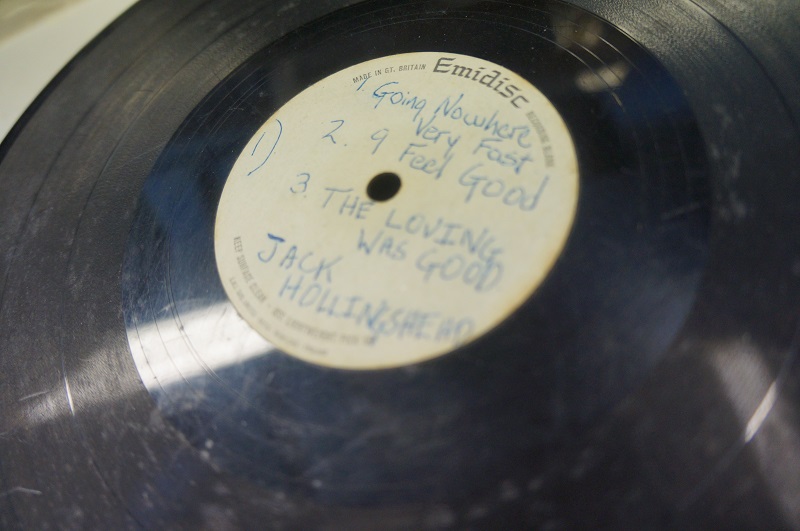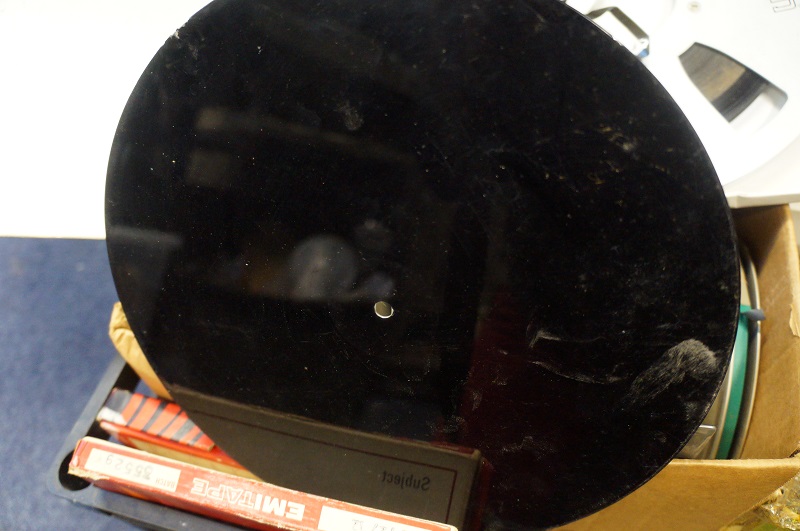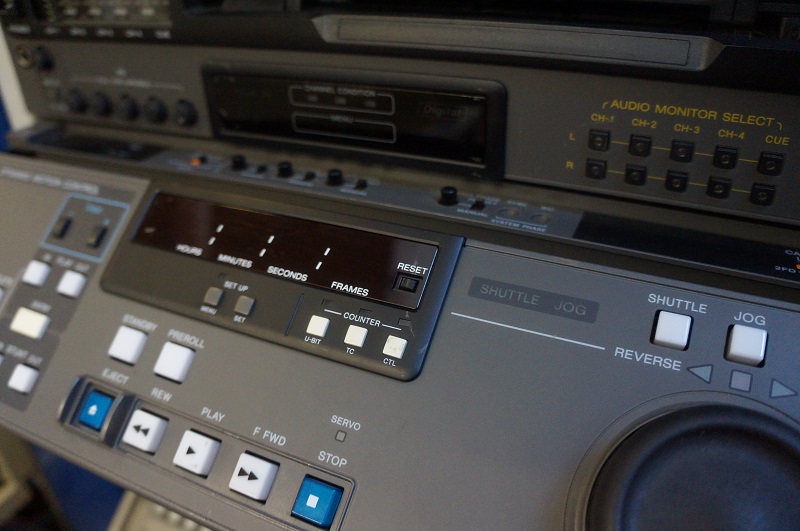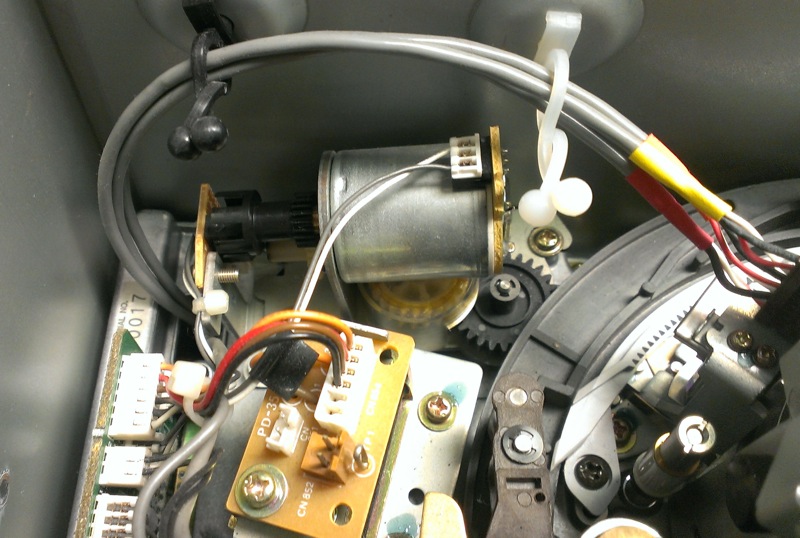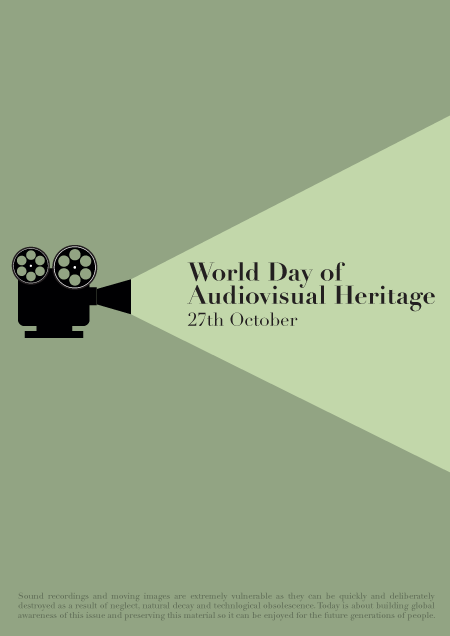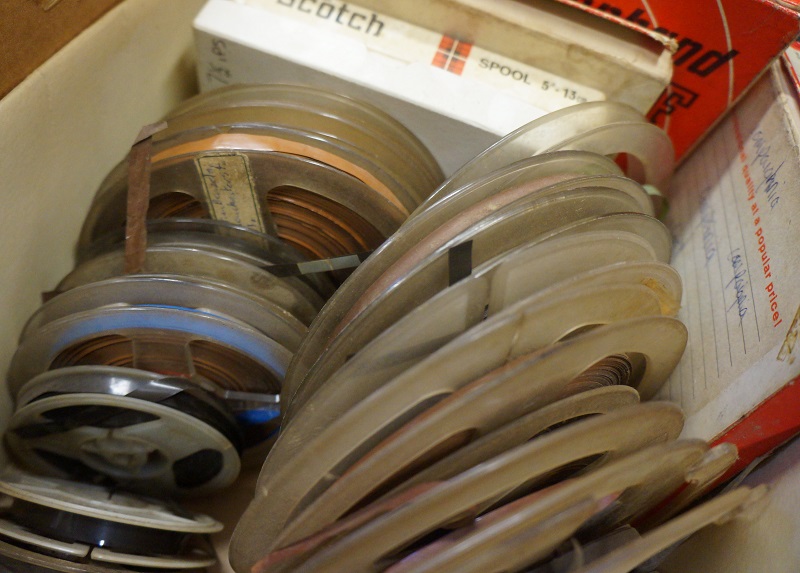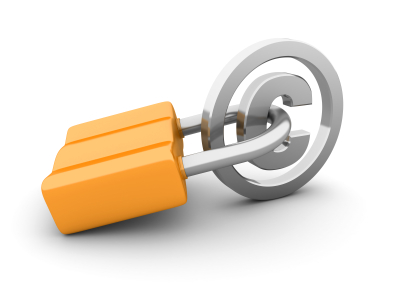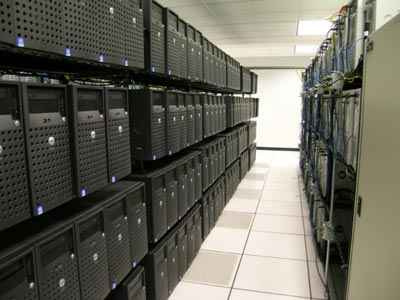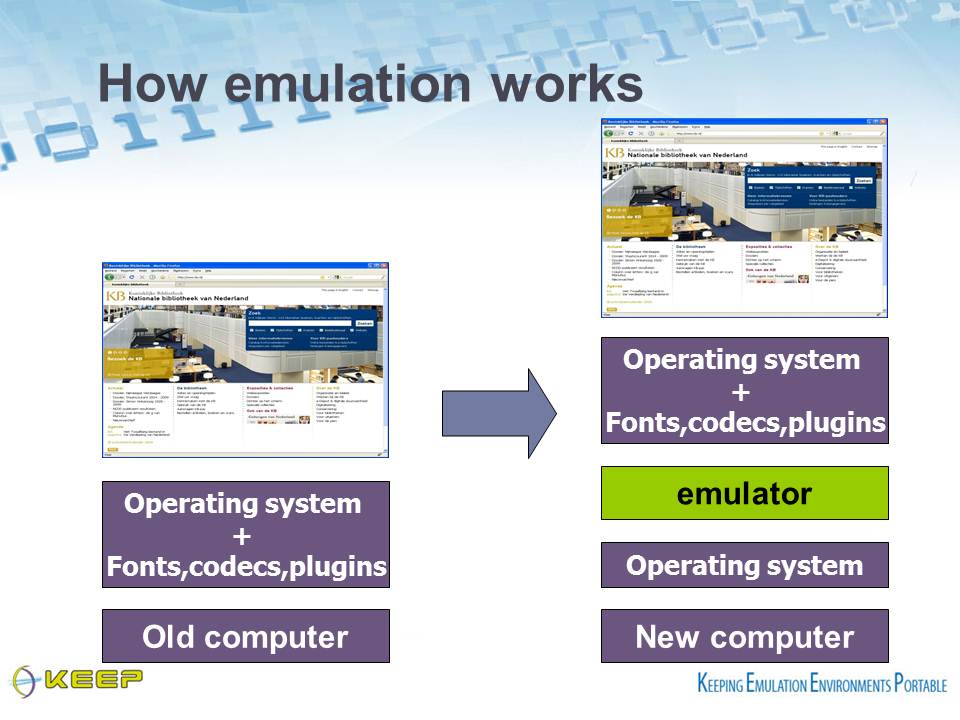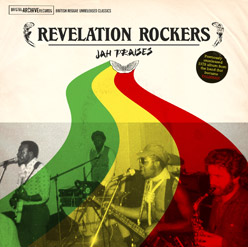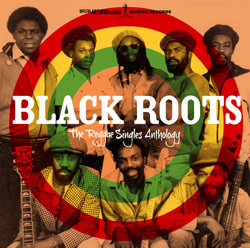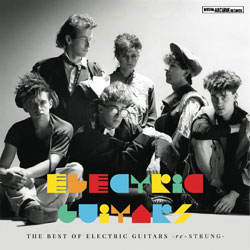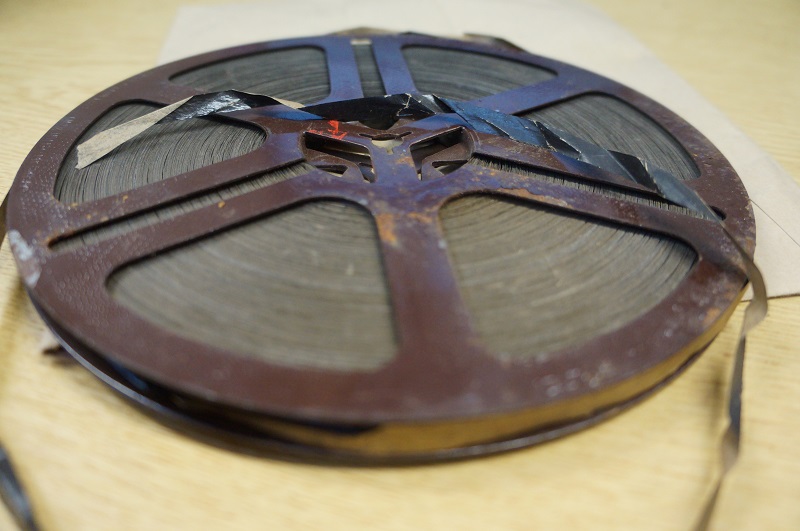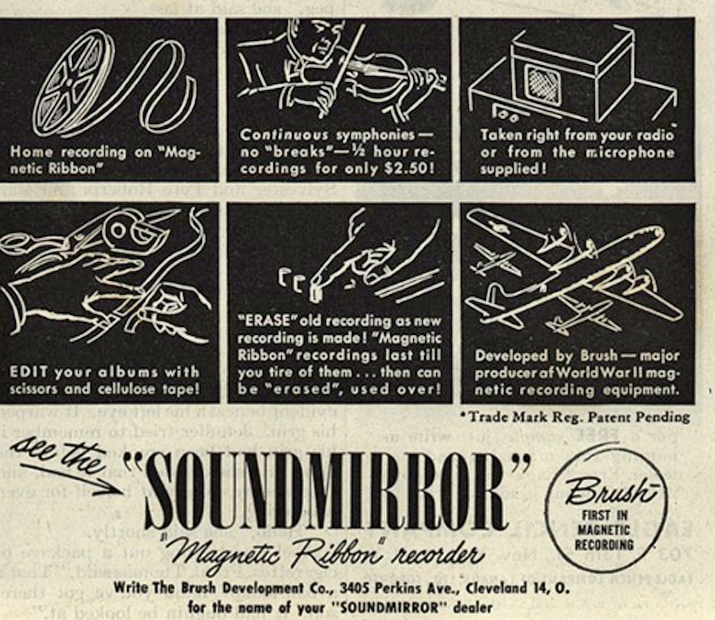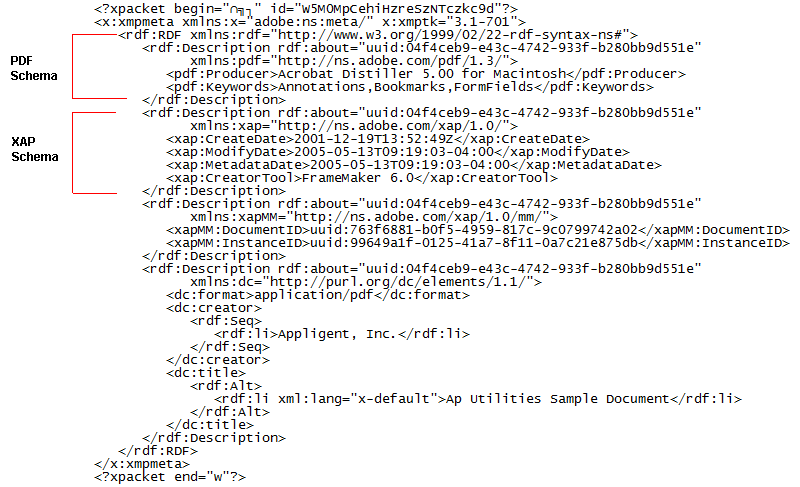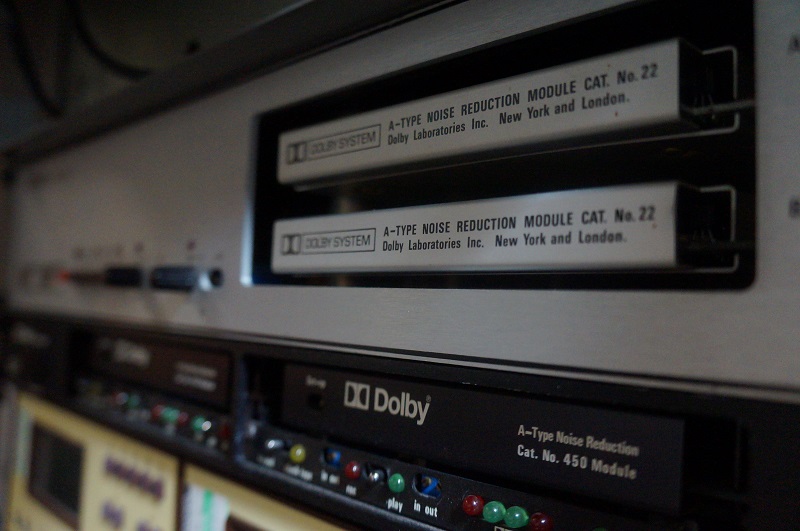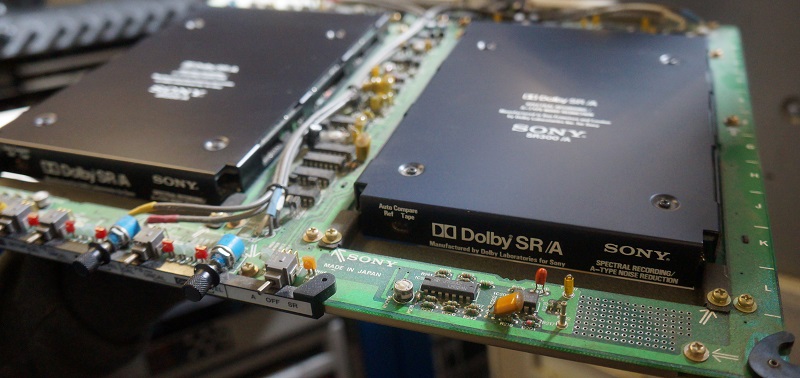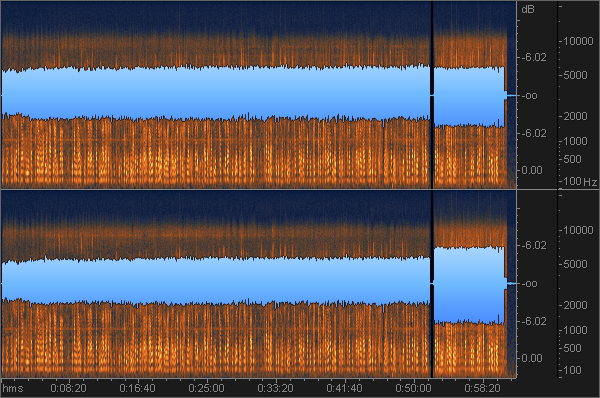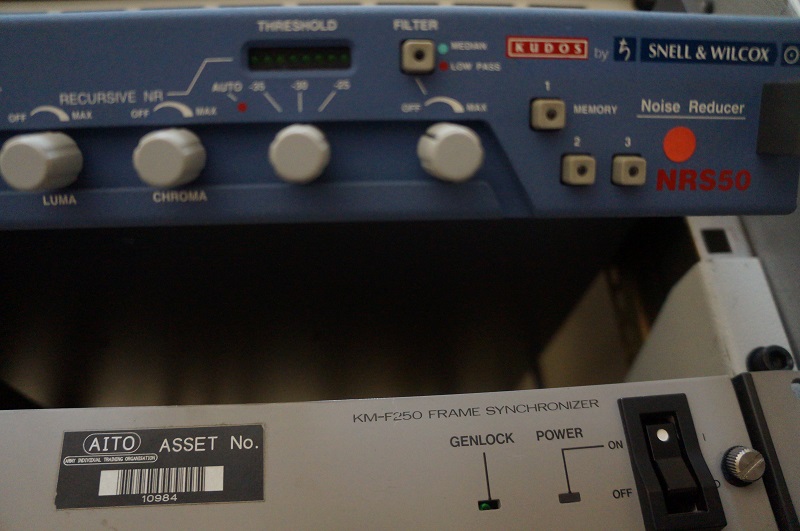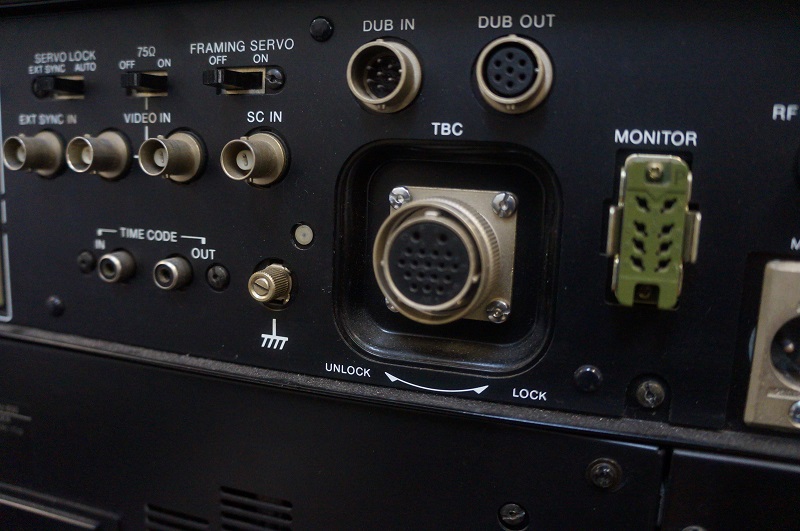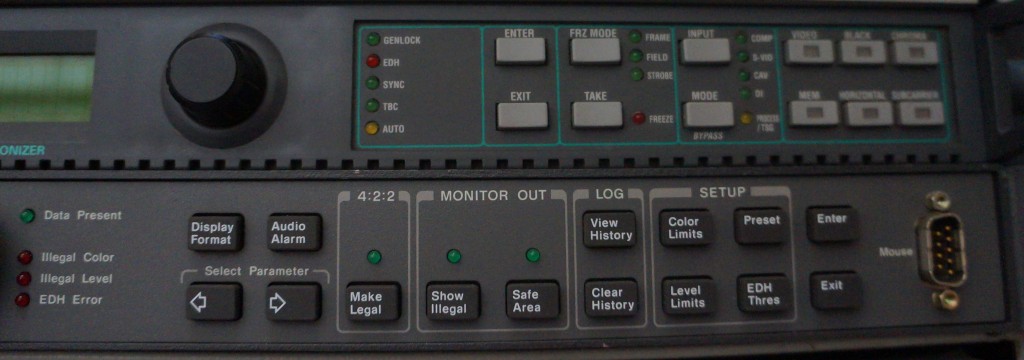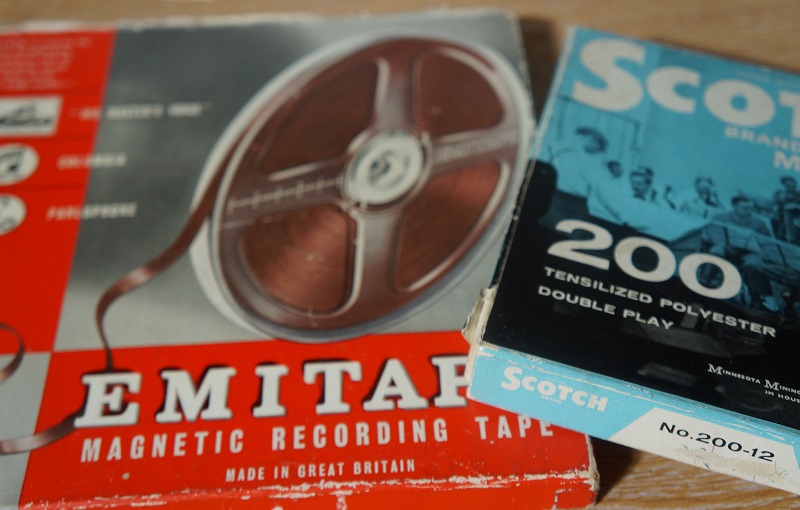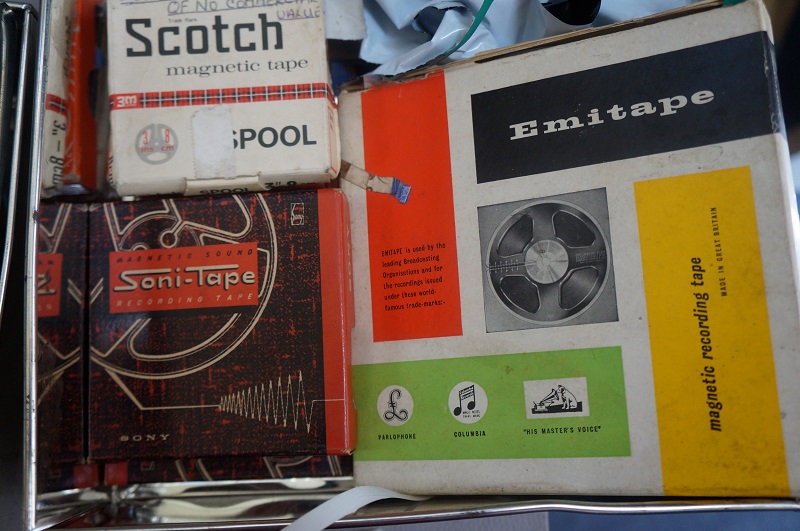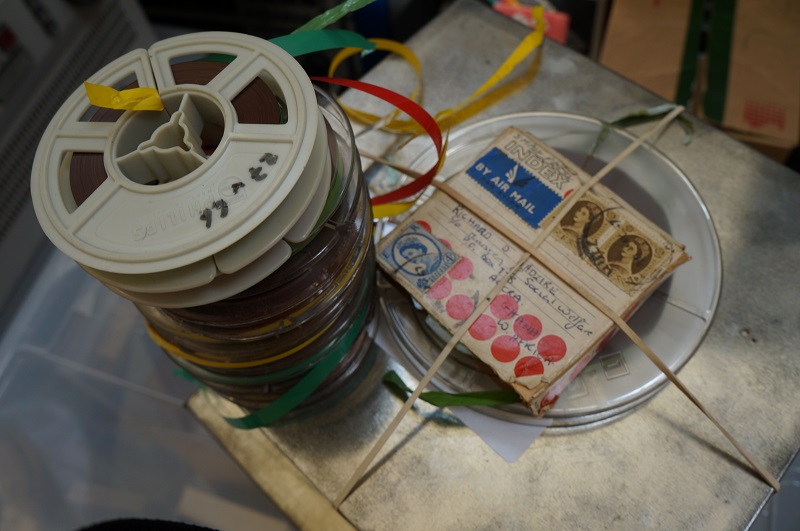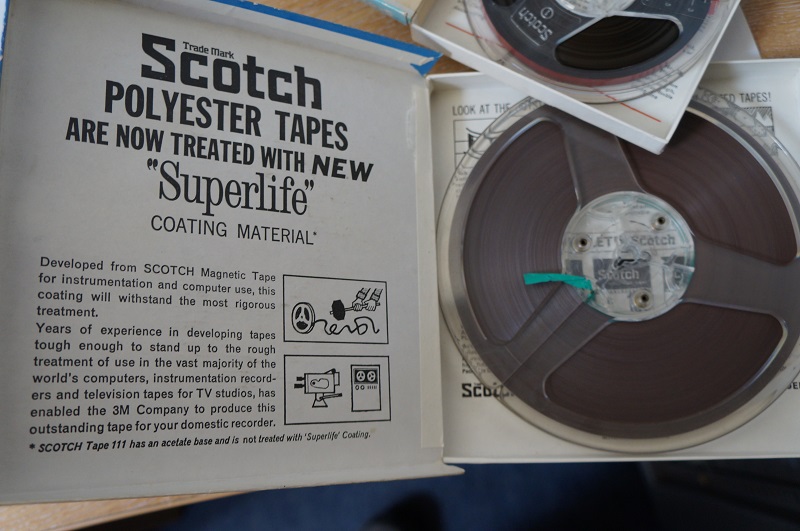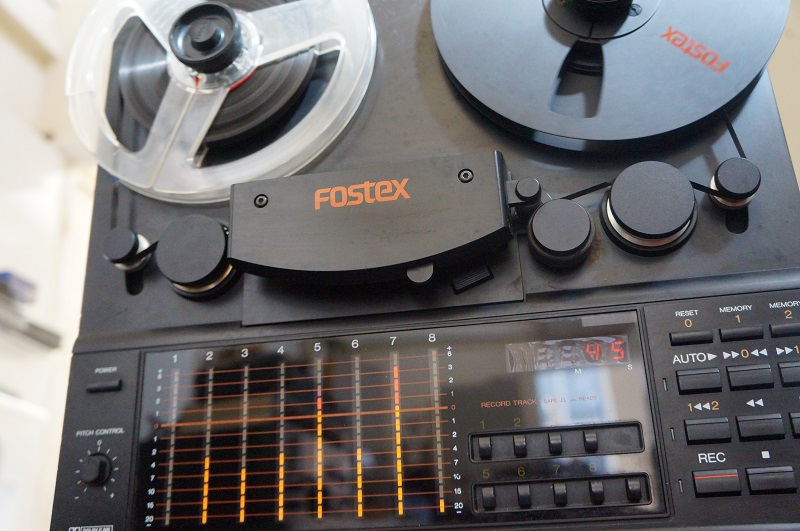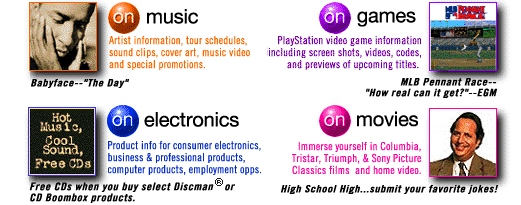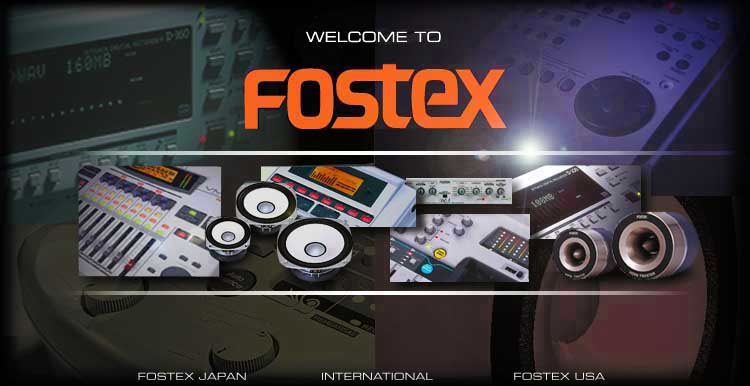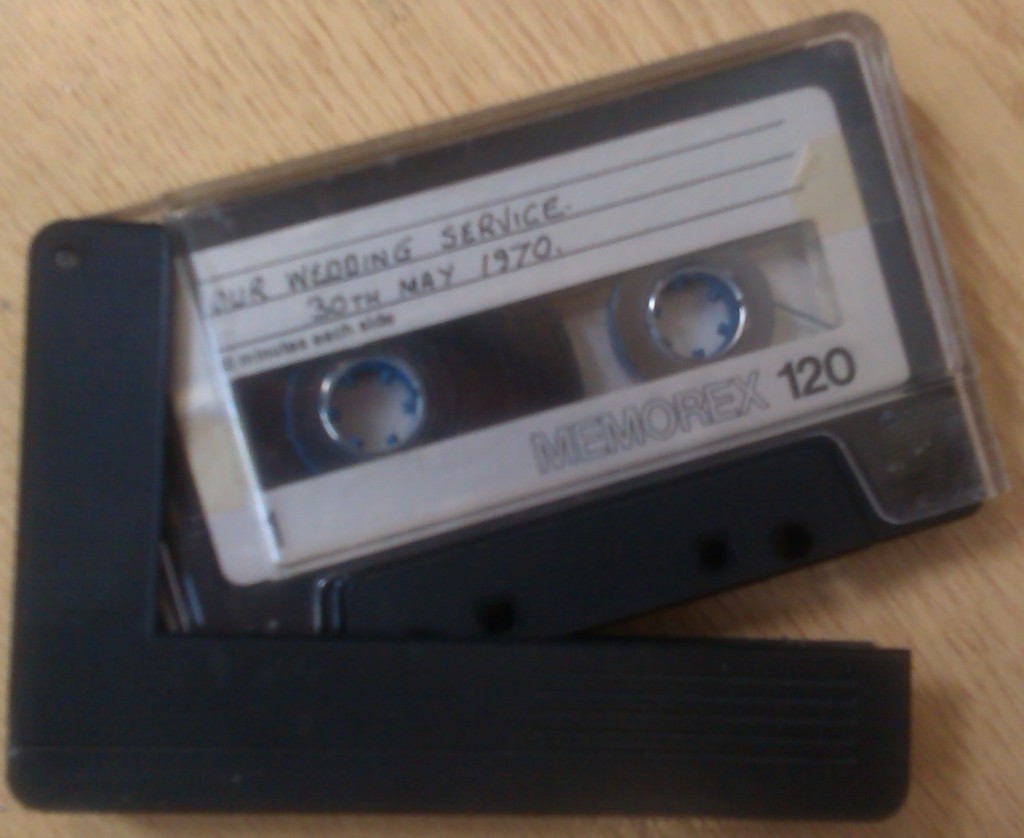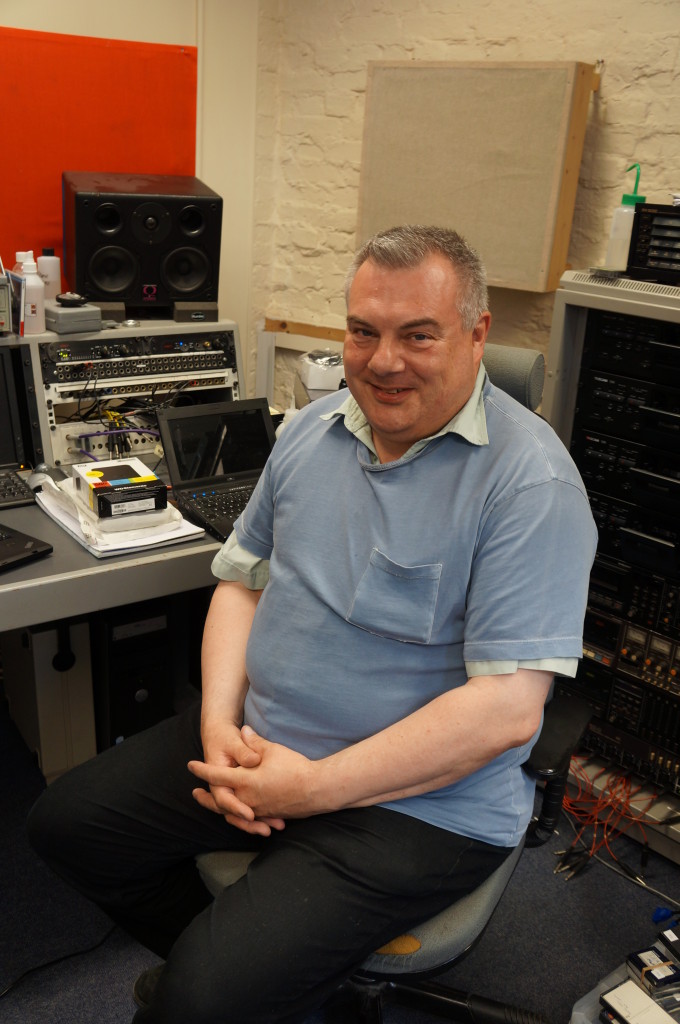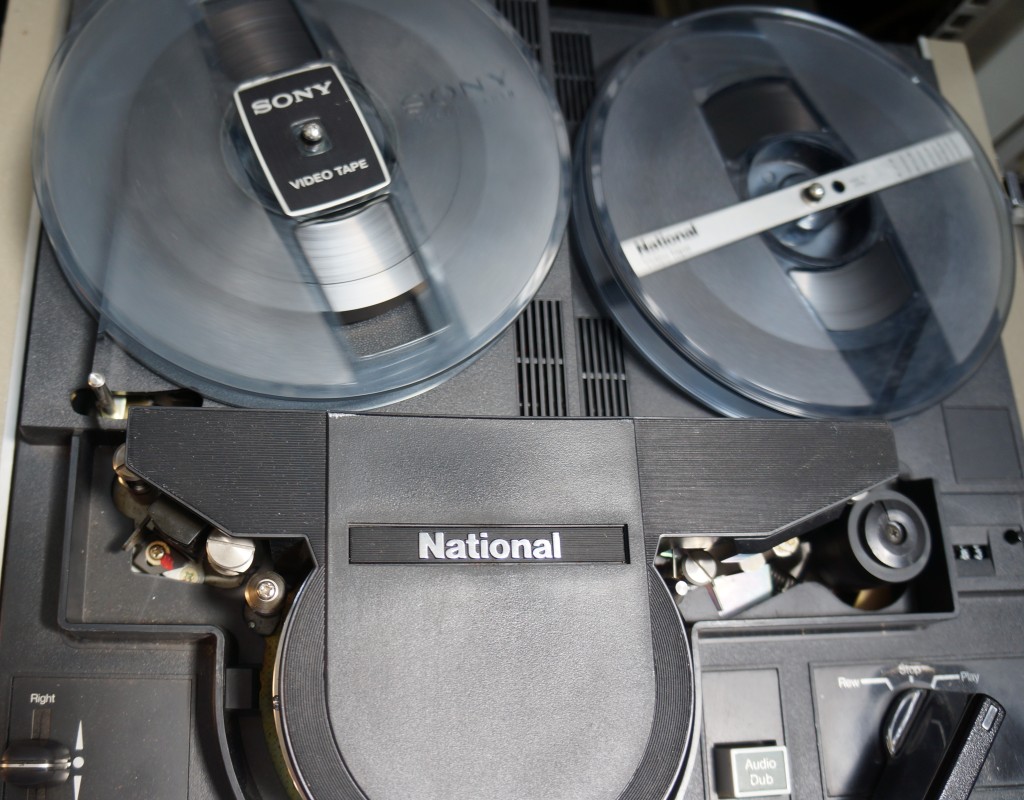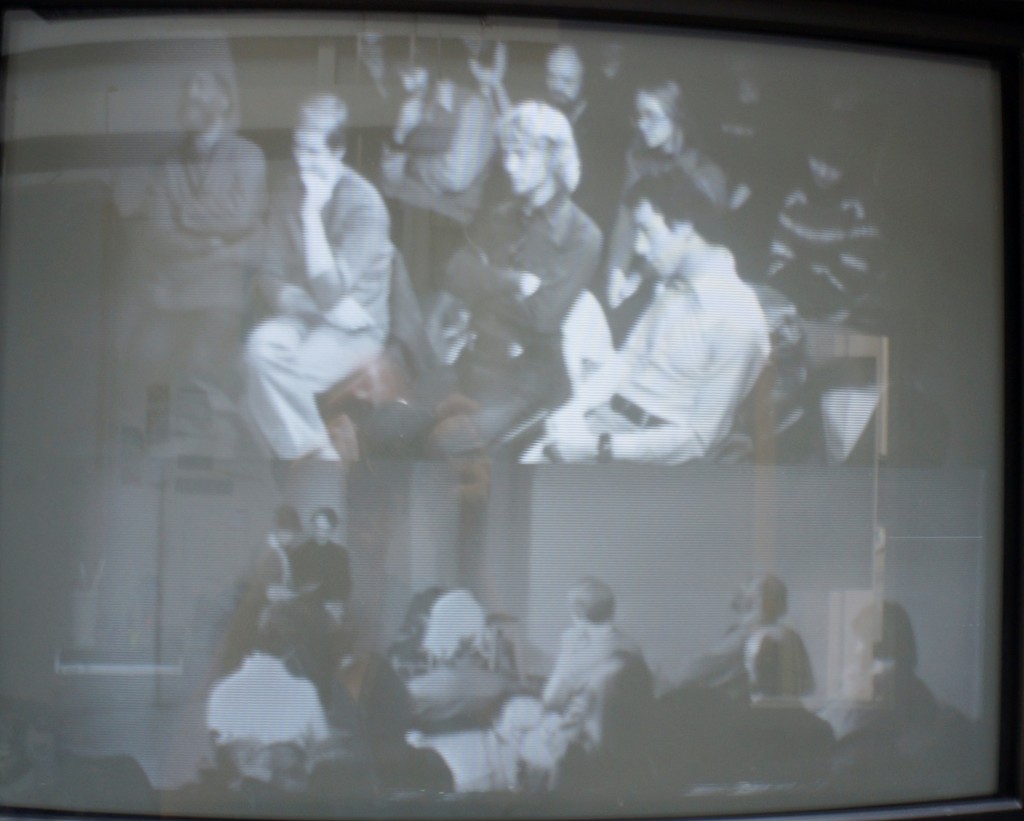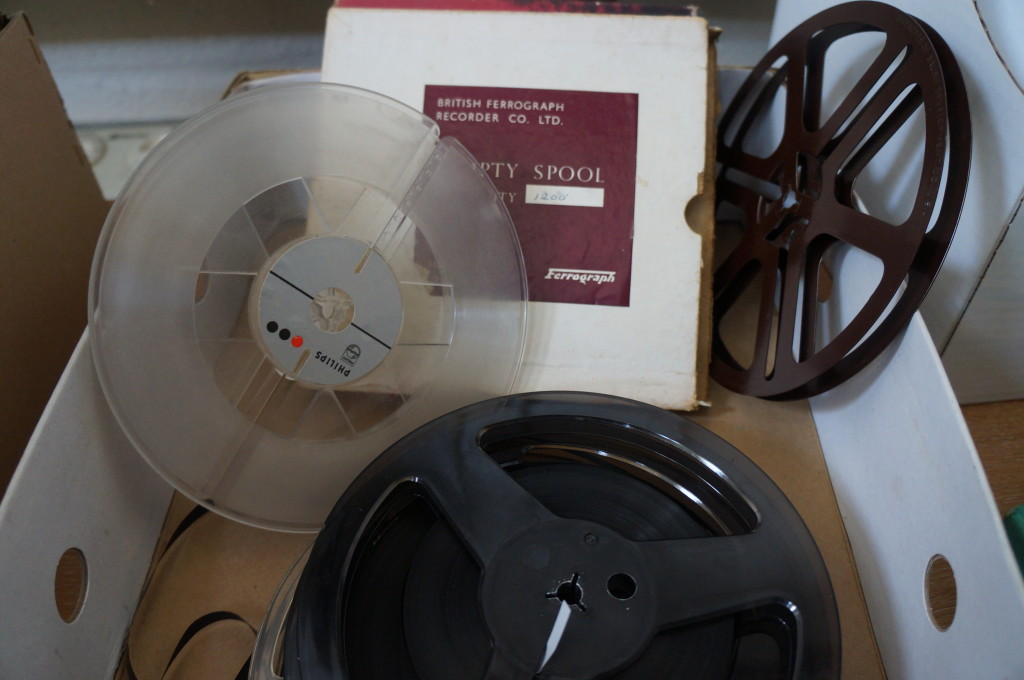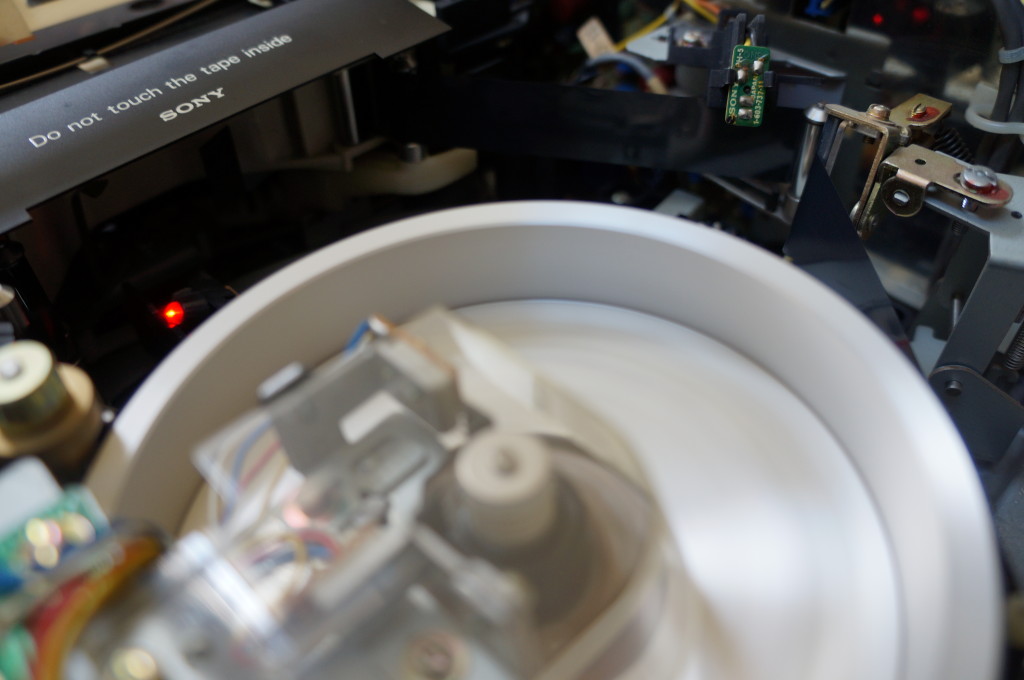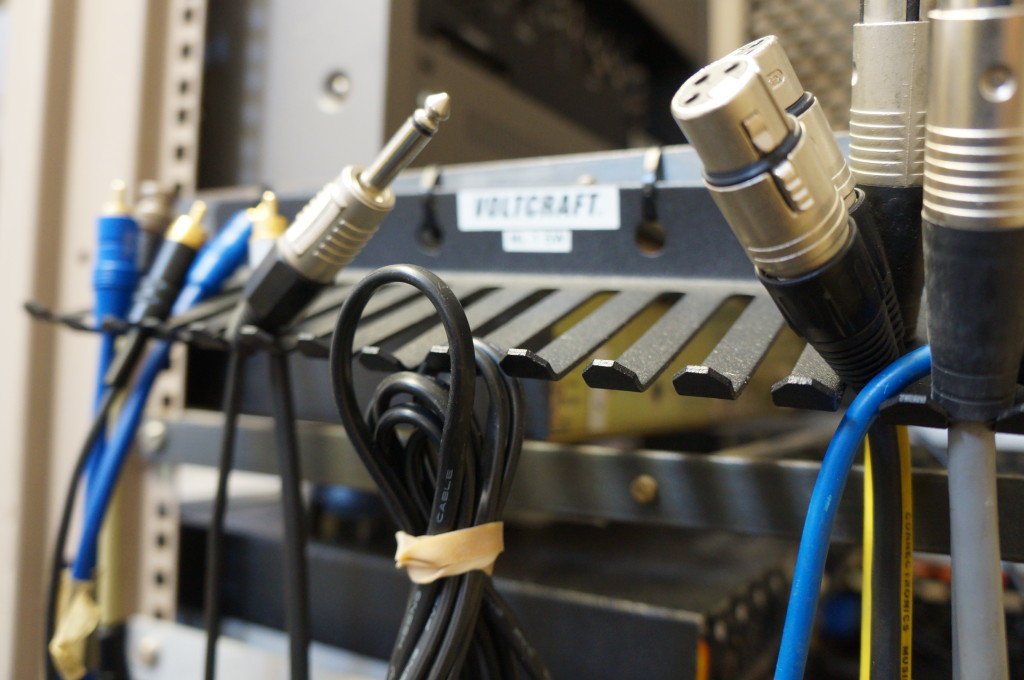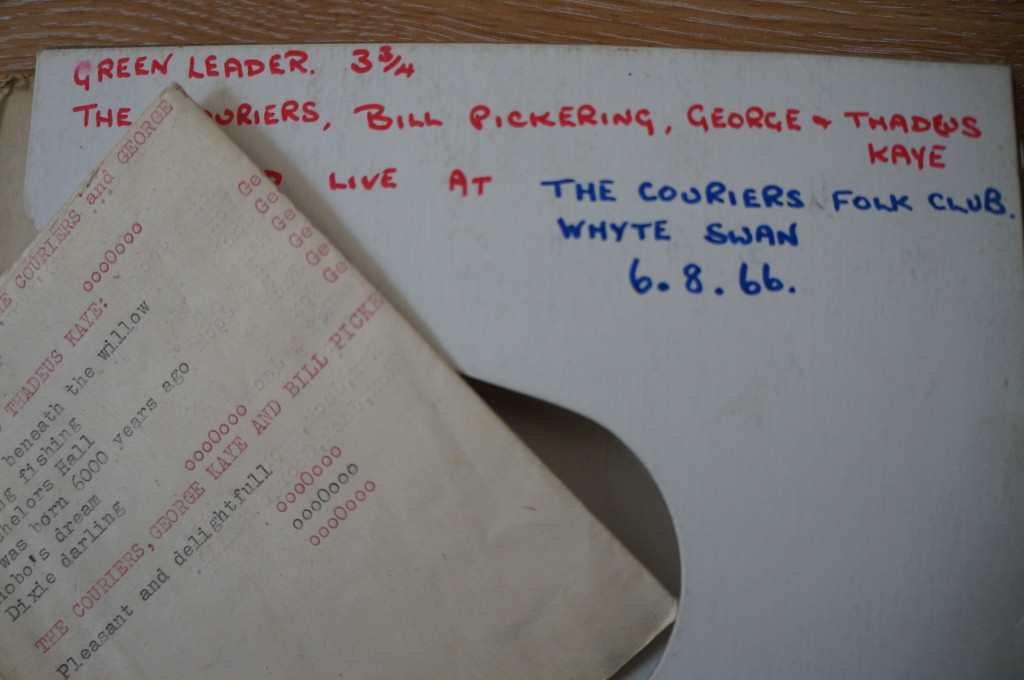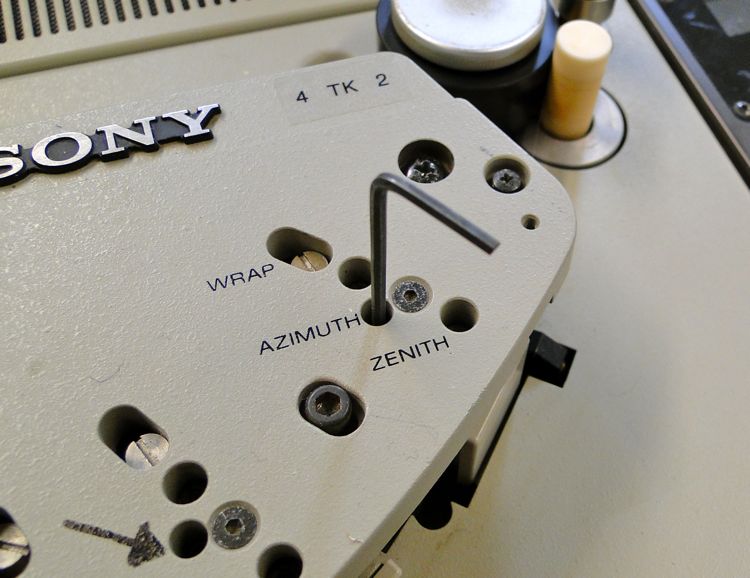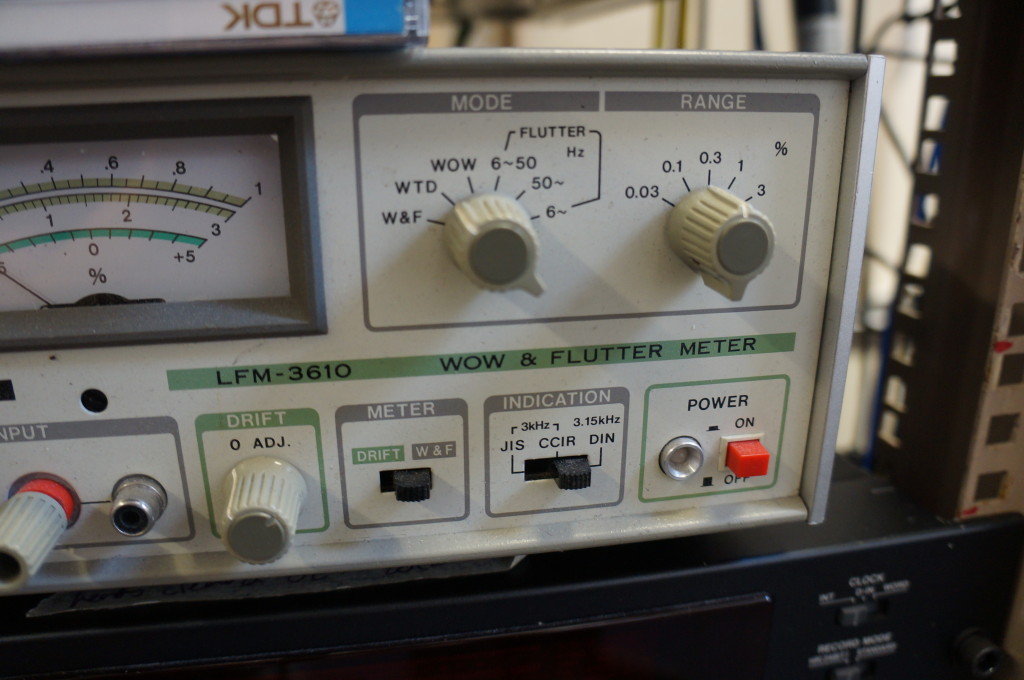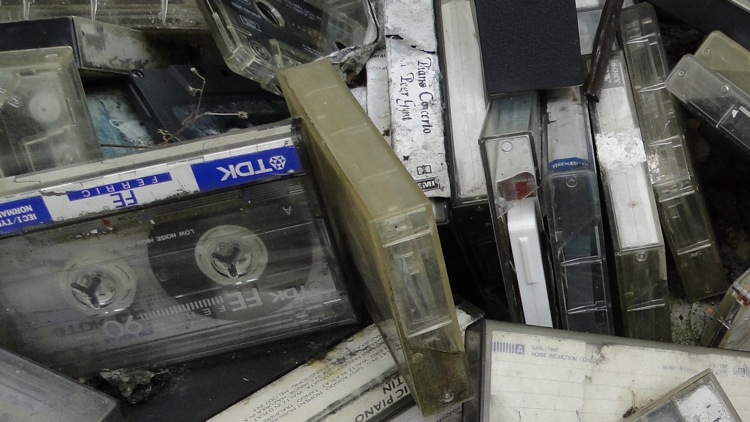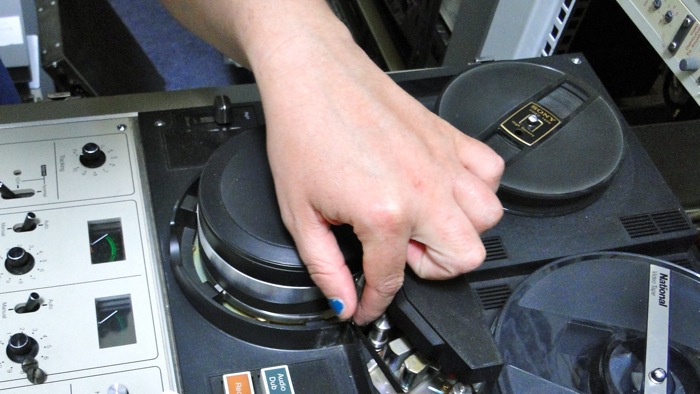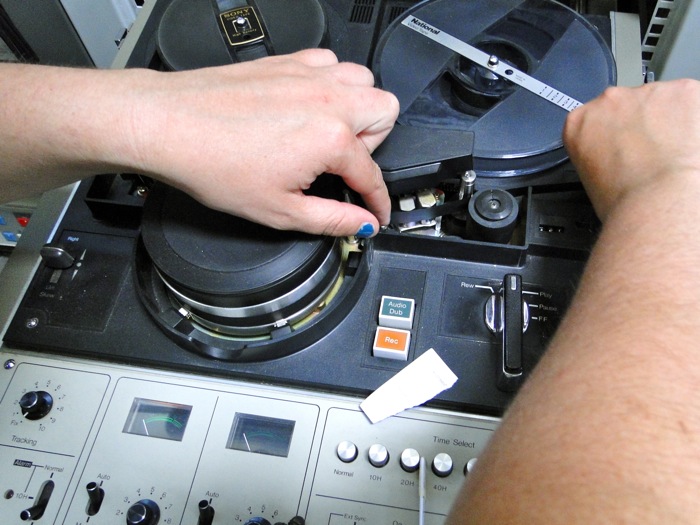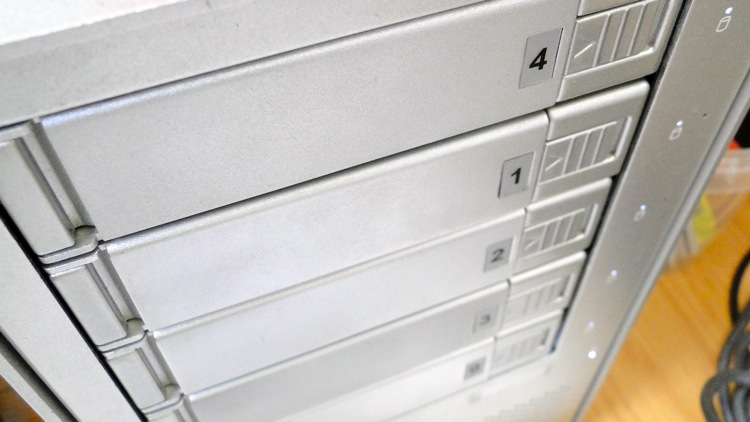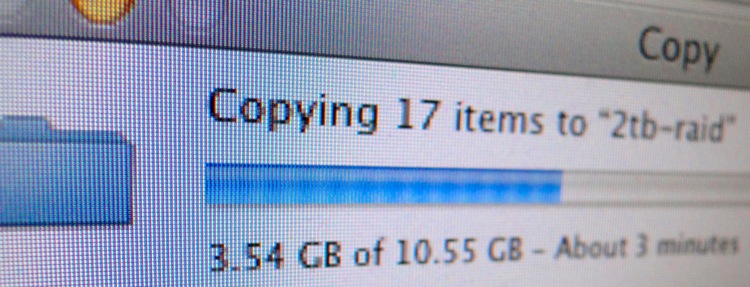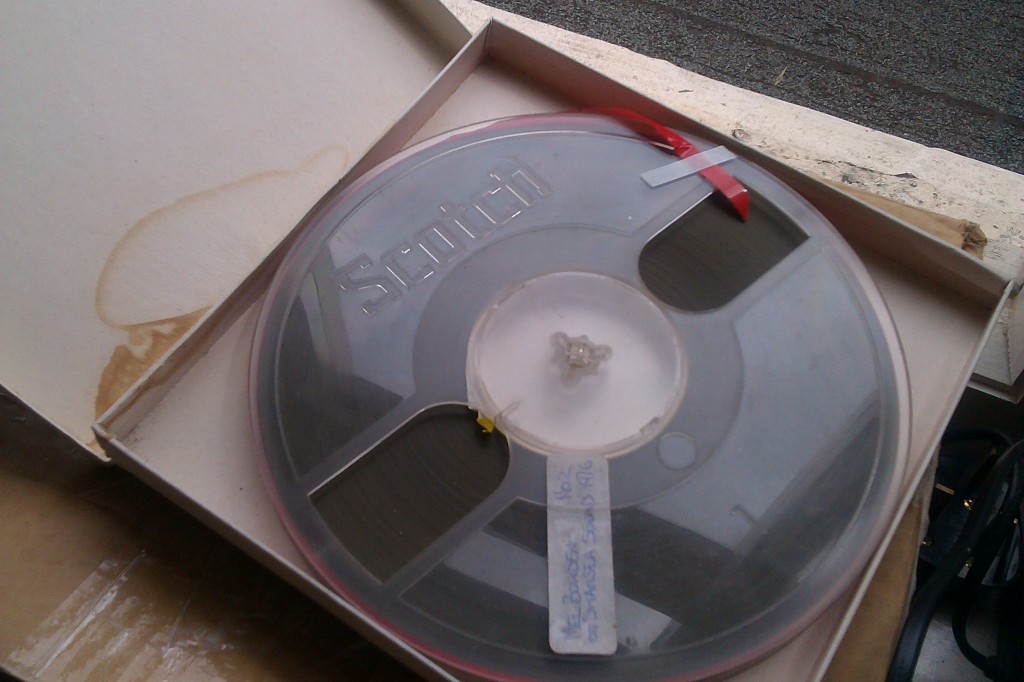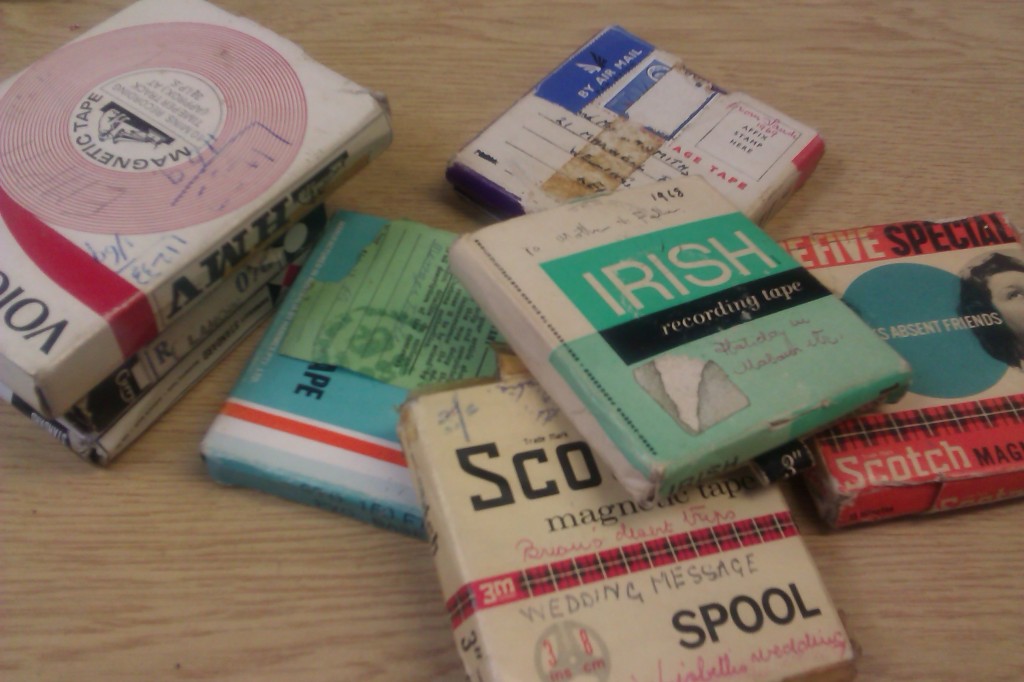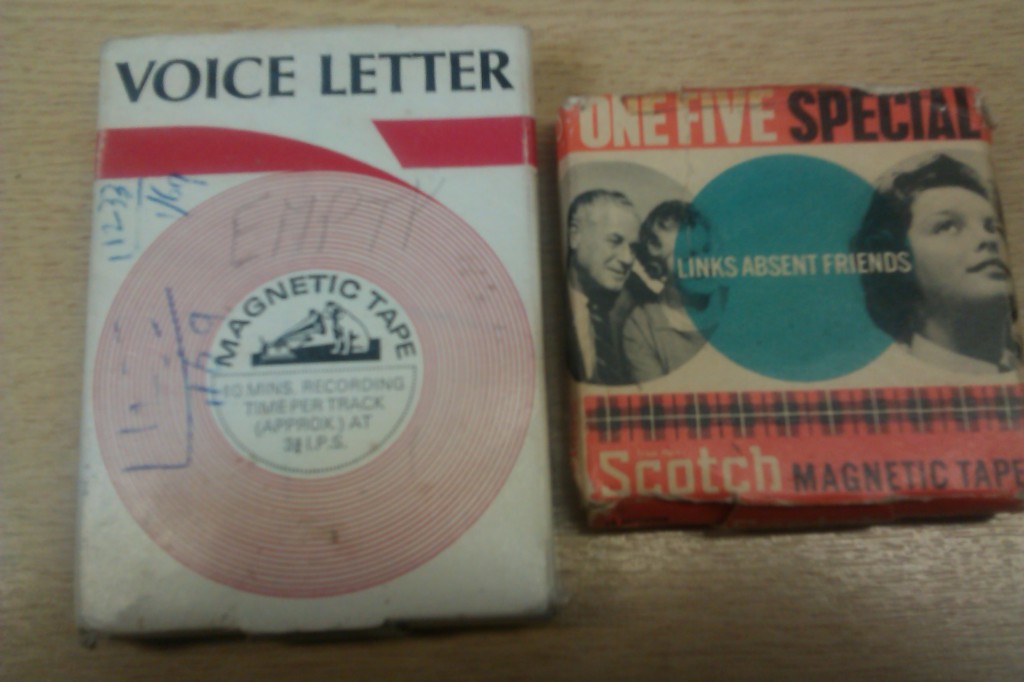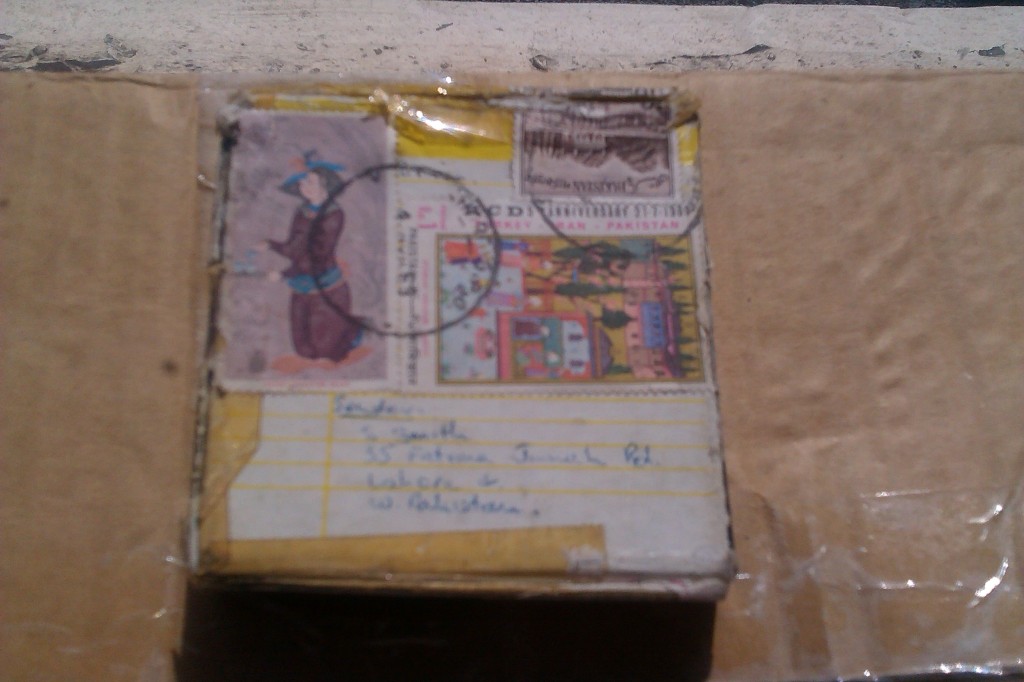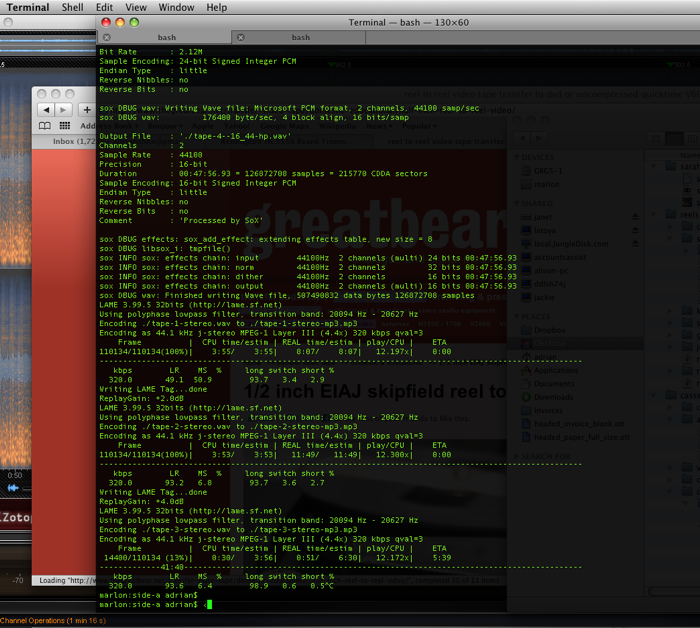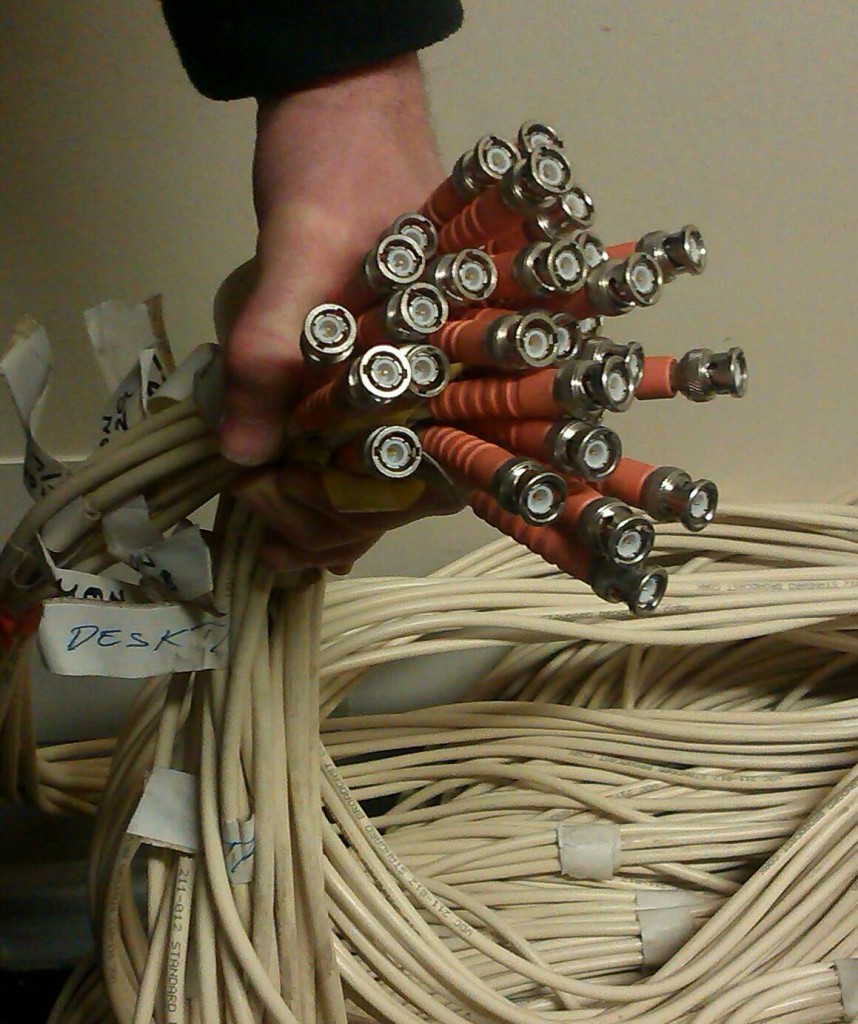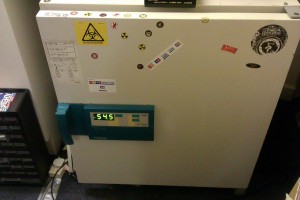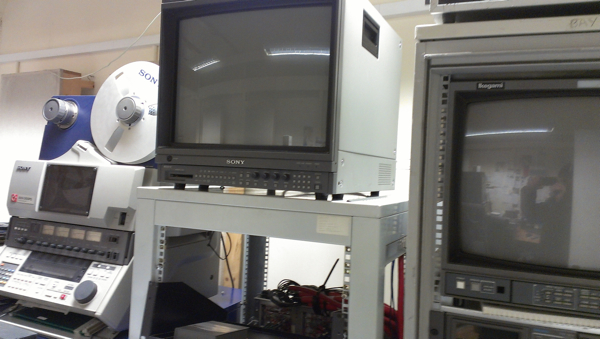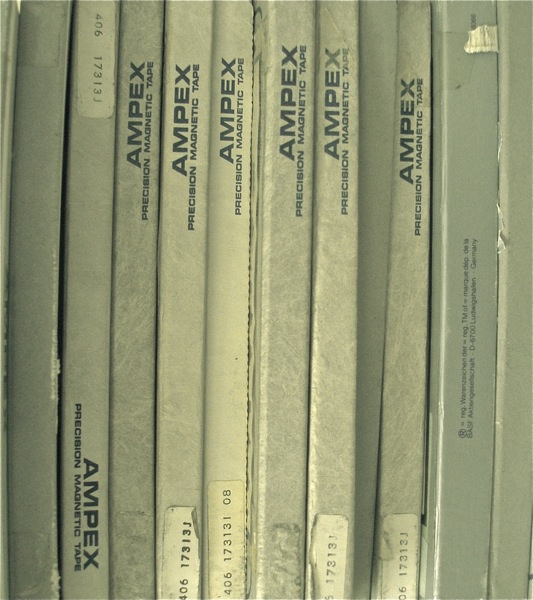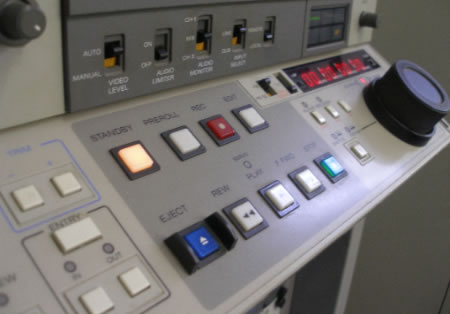We recently digitised some VHS tapes from when Bristol-based band Meet Your Feet performed on HTV in 1990. Meet Your Feet
‘formed in 1988 as a result of three of the women getting together to start a women’s music workshop, Meet Your Feet played its first gig in June 1988, when asked to get a set together for a Benefit Gig against section 28. This gig was so successful that the band decided to stay together and gradually the original line-up of the early years of the band evolved: Carol Thomas, vocals; Diana Milstein, founder member, bass and lyricist; Diggy, percussion; Heie Gelhaus, founder member, keyboards and songwriter; Julie Lockhart, vocals; Karen Keen, sax; Sue Hewitt, founder member, drums and songwriter; Vicki Burke, sax’ (taken from the Women’s Liberation Music Archive).
During the 80s the band achieved great success and performed at prestigious festivals such as Glastonbury and WOMAD, as well as appearing on Radio 4’s Women’s Hour. They played together until 1992 before disbanding, reformed in 2010 and continue to play shows in Bristol and beyond. Meet Your Feet’s style, which draws from Latin, Jazz and Soul influences, interspersed with passionate, upbeat political lyrics, align them with other ‘women’s music’ bands from the 1980s, such as The Guest Stars and Hi-Jinx.
Meet Your Feet from Adrian Finn on Vimeo.
The video clip we digitised is interesting because it indicates how novel women’s bands were in 1990.
After the band finish performing their new single, they take part in a short interview where they are asked:
‘Its an obvious question, but I am going to ask it, why all women?’
Julie Lockhart, one of the singers, responds wittily, but not without a tinge of bewilderment, ‘Um, we were born that way!’
Can you imagine an all male group being asked a similar question in a television interview, either now or in the early 1990s?! It just wouldn’t happen because no one notices if all the members of a group are male, it just seems completely normal.
The interview goes on to emphasise gender issues, rather than focus on other aspects, such as themes in their music or that it is a large group (there are nine people in the band after all, which is a lot!)
This is not a criticism of the interviewer’s questions as such. Yet the fact it was necessary to asks them about their gender speaks volumes about how surprising it was to see women playing music together. The interview continues as follows:
Presenter: Are there any real advantages to being an all female group?
Sue Hewitt: We listen to each other more, and spin ideas of each other a lot more easily
Julie Lockhart: We giggle a lot more
Presenter: Do you row a lot because you are on the road, its a hard life isn’t it, very intense?
Julie Lockhart: No, that’s the obvious difference we never row!
Presenter: Do you find it hard to be taken seriously by men who come to see an all girl band?
Sue Hewitt: Well no, not all the time. I think initially some men take the view of ‘oh well, its just a bunch of girls on stage’ but when we get up there and start playing they think, ohhh [they can play as well]
It is frustrating that such questions had to be asked, and maybe they wouldn’t be now – although it is still often the case that in music, as in other areas of cultural life, women’s gender is marked, while male gender is not. We have all heard, for example, the phrase ‘female-fronted band’. When do we ever hear of bands that are ‘male-fronted’?
It is really valuable to have access to recordings such as those of Meet Your Feet, not only as a documentation of their performances, but also to demonstrate the attitudes and assumptions that women faced when they participated in a male dominated cultural field.
It is also good to know that Meet Your Feet are still performing and undoubtedly upsetting a few stereotypes and expectations along the way, so make sure you catch them at a show soon!
